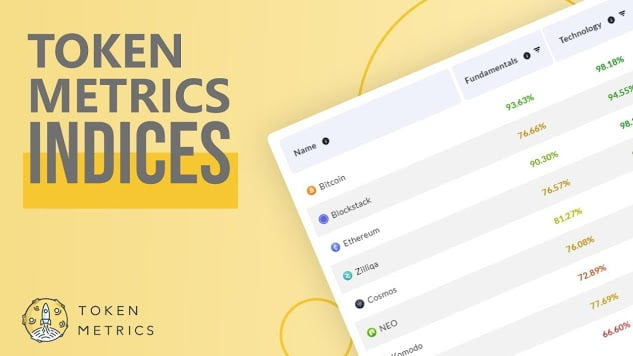
[ad_1]

The energy demands of artificial intelligence also mean more water is needed to cool the servers that answer your prompts. And that thirst is only getting bigger.
Like any computationally intense activity, AI systems like ChatGPT require significant processing and thus electrical power, using servers often housed in sprawling data centers that can consume substantial amounts of energy and water. Microsoft and Google, the biggest players in the field, say they’re taking steps to reduce AI’s environmental impact amid a broader industry effort to use fewer resources responsibly. But experts continue to raise awareness of the negative side of uncontrolled growth in the tech sector.
According to a recent report by the Associated Press, AI systems like ChatGPT cause data centers to consume about 500 milliliters of water each time a user poses 5 to 50 prompts or questions. Considering that the chatbot has been the fastest-growing tech site visited on earth since the creation of the internet, that’s not an insignificant amount of water, prompting experts and environmentalists to ring alarm bells.
ChatGPT’s trained its GPT-4 models on data centers located near corn fields west of Des Moines, Iowa, the report notes, where water from the Raccoon and Des Moines rivers is used. “It (GPT-4) was made by these extraordinary engineers in California, but it was really made in Iowa,” Microsoft’s president, Brad Smith said according to AP.
Since then, the AI revolution has required more water to run its power-hungry hardware —both to power them up and to cool them down. According to official reports, Microsoft’s water consumption spiked 34 percent from 2021 to 2022, likely driven by AI-related computing demands. Google, its main competitor, reported a 20% growth in water consumption during the same period.
To put this in perspective, that increase adds up to an additional 1.7 billion gallons of water between the two companies.
OpenAI has been secretive about the location of its data centers, but locals could feel its impact even if not knowing the cause. “Residential rates at Des Moines Water Works have increased nearly 80% since 2007,” Axios reported in April 2022, “now at $5.19 per 1,000 gallons for those who live within the city.”
Some experts say this highlights the unintended consequences of rapidly advancing AI technology, which requires ever more computing power.
“Most people are not aware of the resource usage underlying ChatGPT,” researcher Shaolei Ren told AP. “If you’re not aware of the resource usage, then there’s no way that we can help conserve the resources.”
Other nascent technologies also have big thirsts. Cryptocurrency mining, though not related to AI, provides a relevant comparison. A 2021 Cambridge University analysis found that the energy consumed annually by Bitcoin mining is comparable to all of Argentina’s electricity usage.
This has been a controversial point, but also a key one in developing the whole crypto industry. The value of Bitcoin plummeted from more than $65,000 to less than $15,000 during the infamous crypto winter, which began with Tesla stopping its Bitcoin support due to concerns about its environmental impact. Since then, the issue of cryptocurrency mining has been part of the political discourse all around the world.
However, tech companies point out they are taking steps to reduce their environmental impacts. For example, Google says its data centers are 60 percent more energy efficient than the industry average.
In a statement, Microsoft said it is “investigating how to encourage transparency and efficiency improvements at leased sites” and aims to transition to 100 percent carbon-free energy by 2030. Microsoft’s 2022 sustainability report stated the company is “focused on getting our own house in order” and delivering on its 2030 commitments, which include being a carbon negative, water positive, zero waste company by the end of that year.
Similarly, Google’s 2023 environmental report highlighted the company’s goal to achieve net-zero emissions across its operations and value chain by 2030, requiring a rapid reduction in a reported 10.2 million tons of CO2 produced in 2022. Google also noted that historically, as AI compute demand rises, the energy needed increases more slowly than forecasts predict thanks to efficiency practices.
Still, the environmental impact of AI’s data and power hunger remains a concern. As AI capabilities grow, tech firms must diligently pursue efficiency gains, renewable energy, alternative cooling techniques, and transparency around resource usage. With careful management, AI’s thirst can be sustainably quenched.
Stay on top of crypto news, get daily updates in your inbox.
[ad_2]
Source link




